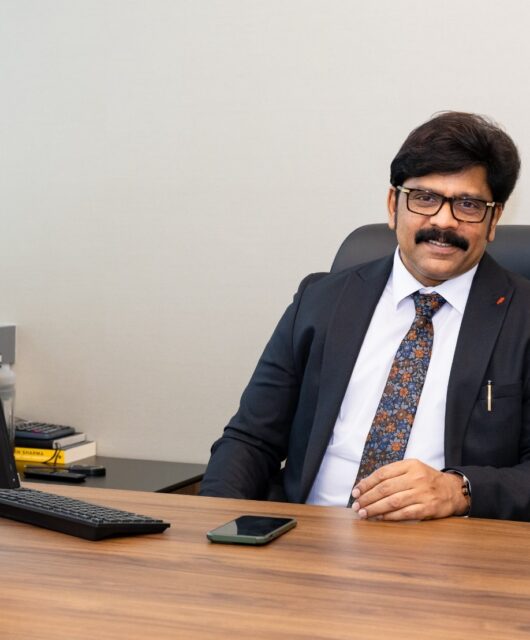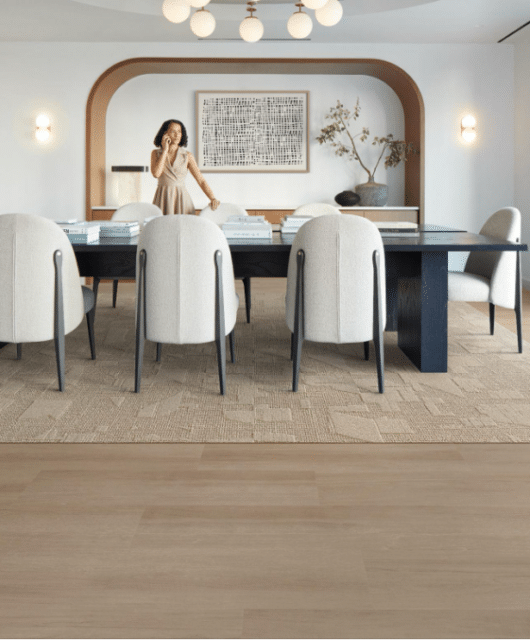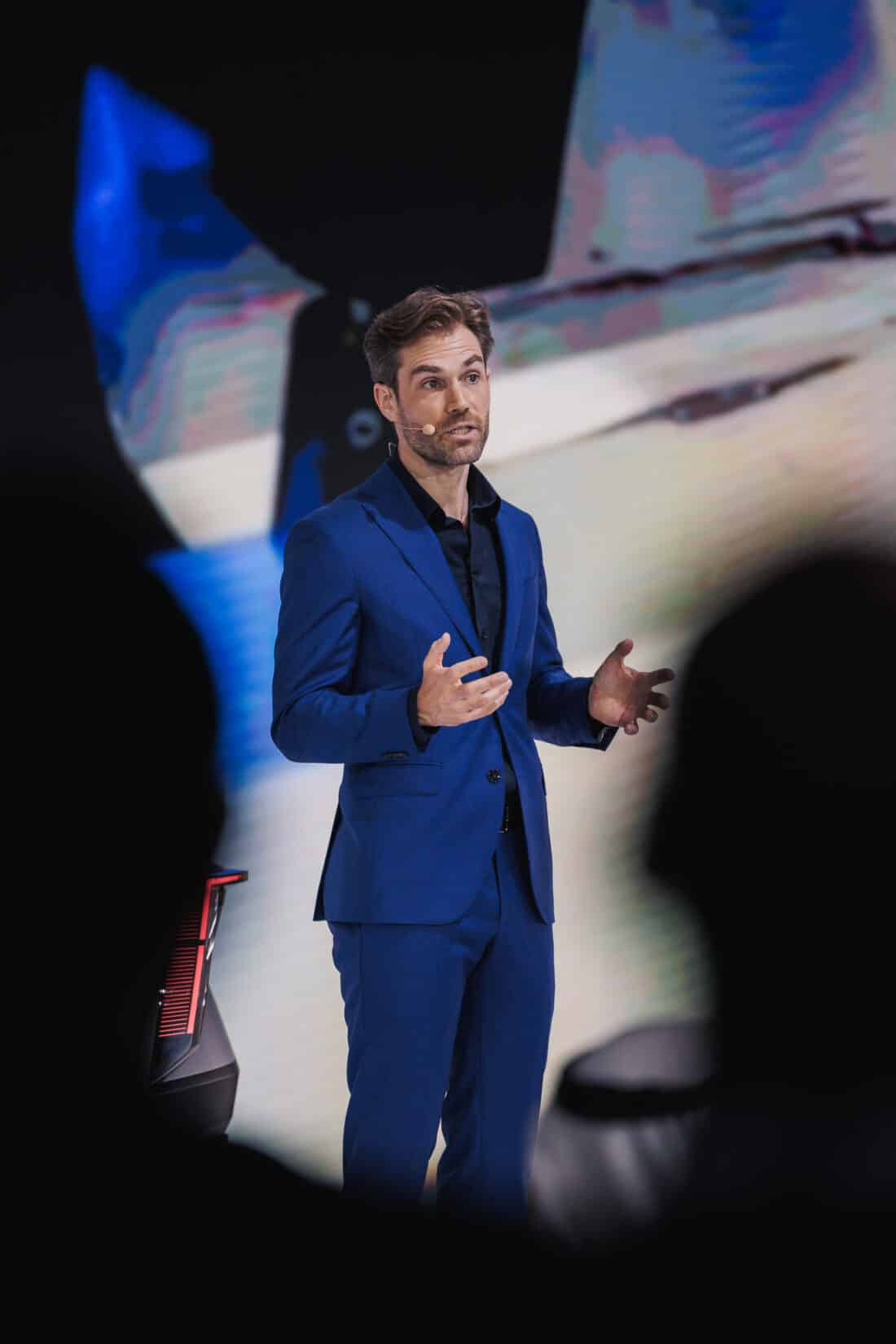 Maximilian Missoni, Polestar’s Head of Design, discusses his professional journey, building sustainable electric cars, and the creative process that results in a star car.
Maximilian Missoni, Polestar’s Head of Design, discusses his professional journey, building sustainable electric cars, and the creative process that results in a star car.
Can you provide us with a brief overview of your experience, your expertise and your design perspective?
I am originally from Austria, where I began my studies, before moving to London when I enrolled at The Royal College of Art. While there I was noticed by Volkswagen Group and completed an internship in Wolfsburg, which led to a full time position with the brand. After this I moved to Sweden when I became Head of Exterior Design at Volvo Cars, and when Polestar was established I continued in this role alongside Head of Design for Polestar, before concentrating solely on Polestar design and the 65+ strong team I now lead here.
What is the most attractive thing about the automobile design community?
It’s funny because it’s such a large industry, yet for a long time we have been a small, close-knit community of designers. We’ve always attended the same activities and events, and people know each other or have a familiarity. But that’s all changed in recent years; the explosion of new electric brands coming out of China – of which many are design focused – means the whole thing is expanding a lot, and for me that’s really exciting. What are your main responsibilities and challenges as a designer at Polestar? Automobiles are incredibly sophisticated pieces of machinery.
The automobile, in my opinion, is the most industrially created product. There are thousands of parts and it’s not just the visible parts that must be designed. We have to take into account legal considerations, ergonomics, and of course safety. Because of all the dynamic costumes that exist on a vehicle, these requirements are higher than for any consumer product in general. So, in many ways we are constrained in terms of what we can accomplish, but through creativity we can still innovate. This is without a doubt the most difficult aspect of our profession. As designers, we can make almost anything desirable. We train for decades to be able to attract people and make a couple of tonnes of steel, glass, and plastic incredibly appealing, but that obligation comes with the responsibility of using that power on the proper things. As a result, we are concentrating our efforts on incorporating sustainability into new approaches, processes, and materials. My personal goal is to transform these things that are far better for society and the environment into desirable items.
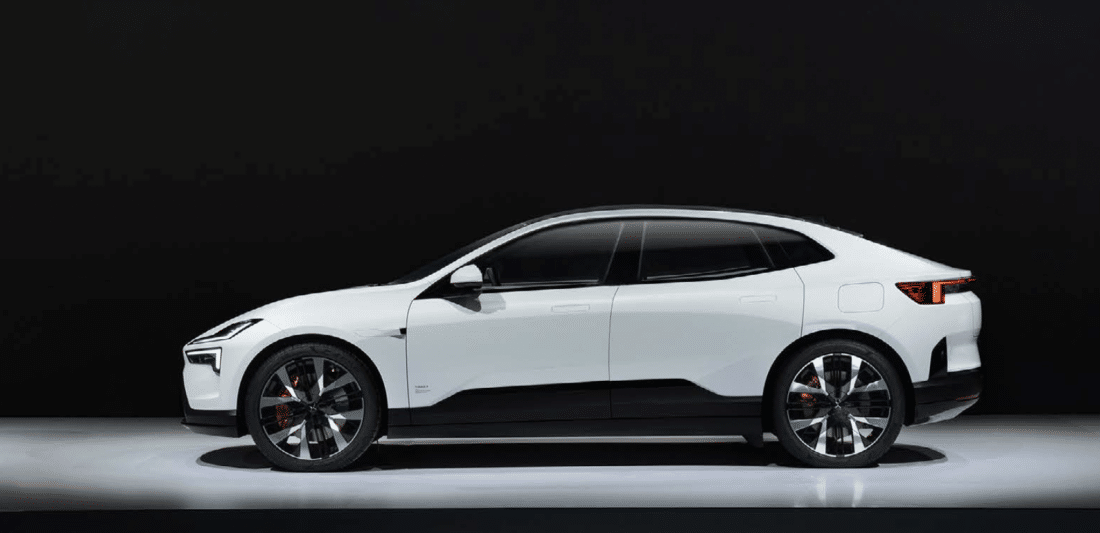
Can you describe what the creative process was in designing these fantastic models?
We are a performance brand originating from Volvo, which served as our foundation. The objective here was to establish a brand that is really premium and highly performance-oriented in solely electric vehicles, and we’ve been on a journey. From Polestar 1, which is sold out and now something of an exclusive collectors item, through Polestar 2, a performance fastback with mass appeal, to the Polestar 3 SUV and Polestar 4 Coupe SUVs which will soon be in showrooms around the world. And now behind me you also see Polestar Precept, which will enter production as Polestar 5, and the Polestar Electric Roadster Concept which will be sold as Polestar 6 our new halo electric sportscar. Over the last few years we’ve had a lot of fun creating these exciting products while always focusing on sustainability measures.
What are some of the unique elements you are working on?
Because of electrification, the interior of the car is becoming a focal point. And that’s a strange link, but electrification and the configuration and mechanical layout of electric cars provides more room to explore this and shift proportions. As we move into an era of greater driver assistance, and the possibility of autonomous driving, we can push this even further. Interiors are becoming increasingly comfortable, with reclinable seats in the second row providing a lounge environment. Light is quite crucial. We work with direct light, indirect light, and light passing through surfaces. If legislation ever allows the industry to reach full autonomy in cars, which is known as level 5, you may not even need a steering wheel – which would really open up some exciting possibilities.
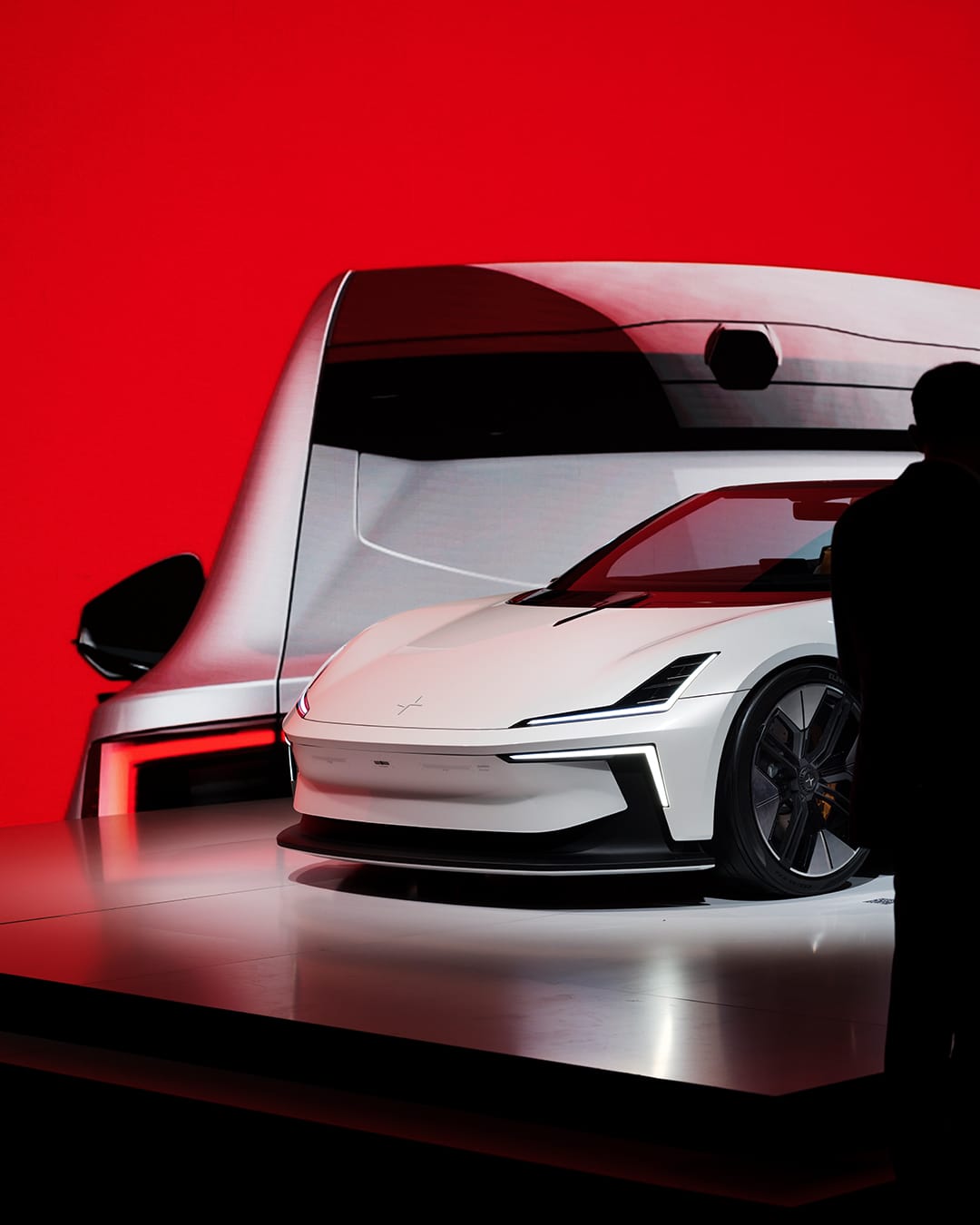
Discuss the materials you are working with.
Vegan interiors is something of a buzzword in the industry right now – so many cars are marketed as having a vegan interior. And of course the first thing that springs to mind is “Oh, we’re no longer using leather”. And maybe the people who are actually vegan like that, but if you take a step further that means many of these interiors are made up of PVC or plastics. So we asked, how can we turn such a material into something that is a little more tactile and pleasing to touch, but also much more sustainable too. So, in collaboration with our suppliers, we converted the fossil component in plastic, crude oil, into pine oil derived from pine trees. So the material feels and looks similar to the plastics and PVC based alternatives, but is far more sustainable. That’s one.
The other material that everyone in the high-performance vehicle sphere loves is carbon fibre. Now, carbon fibre is extraordinarily light and extremely stiff. But in Polestar Precept we introduced a new flax fibre material, known as BComp, which uses natural flax in its makeup but behaves just like regular carbon fibre in terms of rigidity and weight but allows us to remove around 40% of the virgin plastics from a vehicle interior. We even celebrated the technical ‘weave’ of this bio based material, just like you would see on traditional carbon fibre, with some backlighting to really bring it to life. And then I suppose I should add leather to this list. We believe you can use leather in a new and exciting way, and that if you choose the right leather it can be a sustainable material as well. If you eat meat for example, leather is a bi-product of that industry, and if you choose suppliers like we have in Bridge of Weir, who ensure their farms are Animal Welfare Certified, then the leather is both sustainably and responsibly sourced, but also a fantastic material to use in cars.
So, as a designer, where do you see the industry in the next five years?
The biggest thing in car design right now is to be sustainable. But so far it feels like the industry has done plenty of talking, without necessarily producing the results. Right now the world is under threat from rising CO2 levels, and we as designers have to act now to change that by offering sustainable products that are truly desirable to the modern consumer. We are aware of this. So, circularity means that anything we take out stays in the loop. We’re creating certain things with current materials, which means that the same material may be used for many purposes, including interiors. As a result, it can all be recycled endlessly. That is a pretty amazing undertaking and a very fascinating process, and we should work on this front.


